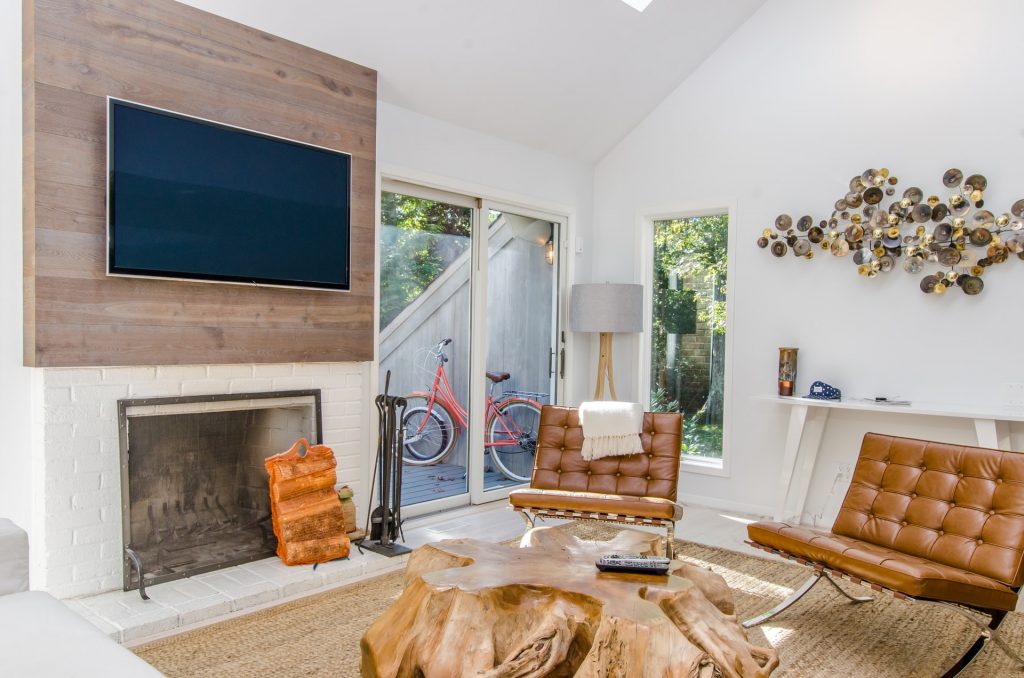Renting a home in India can be quite complicated because of the research and the planning required. If you wish to rent a home in India, it is extremely vital that you’re aware of what to look for prior to signing a rental contract.

There are numerous elements that can be included in a rental agreement, and not all of them are beneficial to the tenant. In this article, we will talk about some of the most vital things you need to check before signing a rental agreement in India.
What the Rent Includes
You need to thoroughly check the rental contract. Generally, the monthly rental amount typically comprises utilities such as electricity, water, and gas. However, be sure to check if it also contains maintenance charges and property taxes.
Kinds of Tenancy
There are two kinds of tenancy agreements in India – the leave & license agreement and the lease agreement. A leave & license agreement consists of a duration of 11 months, after which it can be renewed. A lease agreement has the lease tenure for up to at least 12 months and can be renewed once the term is over.
Notice Period & Penalty
If you’re looking at homes for rent India, one of the most important things to look at would be the notice period and penalty. The majority of the rental agreements have a minimum notice period of 30 days (one month). If you wish to leave earlier, make sure to check if there is a clause that talks about an early exit fee. Generally, one month’s rent would be charged as a penalty.
Rent & Deposit
It is important to check the monthly rent amount. Ensure that the rent is budget-friendly for you and that it is light in your pocket. It is also imperative that you check the amount for the security deposit. This is generally one month’s rent but it can change depending on the landlord the agreement can differ depending on the landlord. The contract will state the monthly rental amount and the security deposit. Be sure the rental amount is aligned with the relevant market rates.
Register the Rental Agreement
Once you have signed the rental contract, ensure that it does get registered at the office of the sub-registrar. The fees for the registration are generally around 0.25% to 0.50% of the entire sum of the agreement.
Check for Lock-In Period
The majority of the contracts have a lock-in period of approximately 3 years. This means that you cannot exit the property before this period is over.
Duration of Rent
When you’re looking at available flats for rent in Mumbai, it is imperative to look for the length of the lease in the rental contract. The tenure of the lease is generally around 11 months, after which it can be renewed. Be sure to check if there are any clauses that state an escalation in the rent after the initial first year. Make sure to enquire about it before you sign anything.
If you wish to know more about the various residential projects by a number of developers across India, then subscribe to CRE Matrix, a leading real estate data analytics company in India, as they can offer several tools to facilitate this.
For more such exciting analysis and details on real estate, visit CRE Matrix.


